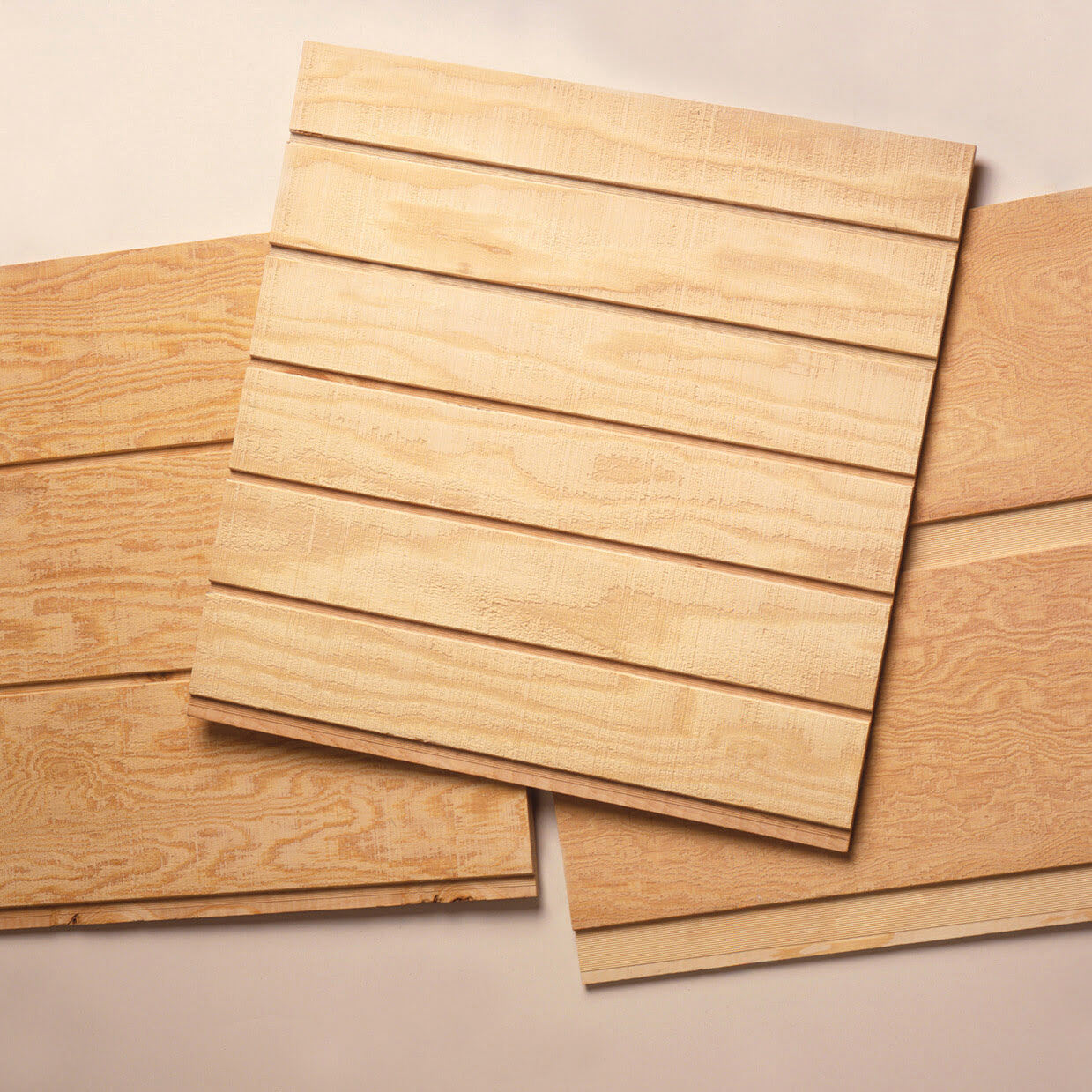

Articles
What Width Siding Should I Use
Modified: February 18, 2024
Confused about what width siding to use for your home? Read our informative articles to make the right decision for your siding project.
(Many of the links in this article redirect to a specific reviewed product. Your purchase of these products through affiliate links helps to generate commission for Storables.com, at no extra cost. Learn more)
Introduction
Choosing the right width for your siding is an important decision when it comes to enhancing the beauty and functionality of your home. The width of the siding not only affects the overall aesthetic appeal but also plays a crucial role in protecting your home from the elements.
There are several factors to consider when determining the ideal width for your siding. These include the architectural style of your home, personal preferences, budget constraints, and the size and scale of your property. It’s essential to strike a balance between visual appeal and functionality to ensure that your siding effectively meets your needs.
In this article, we will delve into the various factors to consider when choosing the width of your siding. We will explore the common width options available and discuss the benefits of narrow, standard, and wide widths. By the end of this article, you will be equipped with the knowledge to make an informed decision regarding the width of your siding.
Key Takeaways:
- Choose the width of your siding based on your home’s architectural style, personal preferences, budget, property size, and climate. Balance aesthetics and functionality for the best outcome.
- Narrow, standard, and wide width sidings offer classic, versatile, and bold options. Consider the benefits of each to make an informed decision that enhances your home’s exterior.
Read more: What Spackle Should I Use
Factors to Consider
When deciding on the width of your siding, it’s important to take several factors into consideration. These factors will help you determine the most suitable width for your home. Let’s explore these considerations:
- Architectural Style: The architectural style of your home plays a significant role in determining the ideal width of your siding. Traditional or historic homes often look best with narrower siding widths, while modern or contemporary homes can handle wider widths for a more dramatic effect.
- Personal Preferences: Your personal preference and style should also be taken into account. Some homeowners prefer a more traditional and understated look, while others may lean towards a bolder and more eye-catching design. Consider what appeals to you and aligns with your overall vision for your home.
- Budget Constraints: Another crucial factor is your budget. Siding widths can vary in price, with wider widths typically being more expensive. Determine how much you are willing to spend on your siding project and choose a width that fits within your budget without compromising quality.
- Property Size and Scale: The size and scale of your property should also be taken into account. If your home is large, wider siding widths can help create balance and prevent the appearance of the siding being overwhelmed by the scale of the property. Conversely, if your home is smaller, narrower widths can create an illusion of height and make your home appear larger.
- Climate and Weather Conditions: The climate and weather conditions in your area should influence your decision as well. If you live in an area prone to extreme weather conditions, wider siding widths can offer better protection against the elements. On the other hand, in more moderate climates, narrower widths may suffice.
Consider these factors carefully as you weigh your options for the width of your siding. It’s crucial to strike a balance between aesthetics, functionality, and practicality to ensure the best possible outcome for your home.
Common Width Options
When it comes to siding, there are three primary width options to choose from: narrow, standard, and wide. Let’s take a closer look at each of these options:
- Narrow Width Siding: Narrow width siding typically ranges from 4 to 6 inches in width. This option is commonly used in traditional or historic homes, as it replicates the look of traditional wood clapboard siding. Narrow width siding adds a classic and elegant touch to the exterior of your home, giving it a timeless appeal. It can be a great choice for smaller homes or homes with intricate architectural details where a more delicate approach is desired.
- Standard Width Siding: Standard width siding is the most common option and typically ranges from 7 to 9 inches in width. This width is versatile and can work well with a wide range of architectural styles. Standard width siding provides a balanced and aesthetically pleasing appearance. It offers a good combination of affordability, durability, and ease of installation. This option is popular among homeowners who prefer a classic and clean look without being too narrow or too wide.
- Wide Width Siding: Wide width siding is typically 10 inches or wider. This option is often chosen for its bold and dramatic effect, making a strong visual statement. Wide width siding is commonly used in modern or contemporary homes, where a larger scale and a more eye-catching design are desired. This option can add an element of sophistication and uniqueness to the exterior of your home. It should be noted that wide width siding may come at a higher price point due to the larger amount of material required.
Keep in mind that these width options are not set in stone, and actual measurements may vary depending on the manufacturer and specific product lines. It’s essential to consult with a siding professional or supplier to determine the exact width options available to you.
Now that we have explored the common width options, let’s delve deeper into the specific benefits of each in the following sections.
Narrow Width Siding
Narrow width siding is a popular choice for homeowners who prefer a more traditional and understated look for their homes. It typically ranges from 4 to 6 inches in width and is often used to replicate the appearance of traditional wood clapboard siding. Here are some key benefits of choosing narrow width siding:
- Classic and Timeless: Narrow width siding adds a classic and elegant touch to the exterior of your home. It mimics the appearance of traditional wood clapboard siding, giving your home a timeless aesthetic. If you have a historic or traditional-style home, narrow width siding can help maintain its authentic charm.
- Delicate and Detailed: Narrow siding widths work well for smaller homes or homes with intricate architectural details. The narrow profile allows for more detailed craftsmanship, highlighting the unique features of your home. It can enhance the overall character and personality of your home’s exterior.
- Economical: Narrow width siding is often more cost-effective compared to wider options. Since less material is required, it can help reduce overall project costs. If you’re working within a tight budget but still want to achieve a classic and elegant look, narrow width siding can be a great choice.
- Easy to Install: Narrow width siding is relatively easy to install due to its smaller size and lighter weight. This can save you time and money during the installation process. If you’re a DIY enthusiast, narrow width siding can be a manageable option for a successful installation.
- Versatile: While narrow width siding is commonly associated with traditional and historic homes, it can also be used creatively in modern and contemporary designs. This versatility allows you to experiment with different architectural styles and create a unique look for your home.
Before opting for narrow width siding, consider the overall style, size, and scale of your home. Ensure that narrow width siding aligns with your design preferences and complements the architectural features of your property.
Now that we’ve explored the benefits of narrow width siding, let’s move on to discussing the advantages of standard width siding.
Consider the size and style of your home when choosing siding width. For larger homes, wider siding can create a more balanced look, while narrower siding can complement smaller homes.
Standard Width Siding
Standard width siding is the most common option chosen by homeowners for its versatility and balanced appearance. It typically ranges from 7 to 9 inches in width and offers a classic and clean aesthetic. Here are some key benefits of choosing standard width siding:
- Versatility: Standard width siding works well with a wide range of architectural styles, making it a popular choice among homeowners. Whether you have a traditional, transitional, or modern home, standard width siding can complement the overall design and create a cohesive look.
- Aesthetically Pleasing: Standard width siding provides a balanced and aesthetically pleasing appearance. It offers enough width to showcase the beauty of the siding material while maintaining a clean and streamlined look. This option is ideal for homeowners who prefer a classic and timeless exterior for their homes.
- Affordable: Standard width siding is often more cost-effective compared to wider options. Since it requires less material than wide width siding, it can help keep your project within budget without compromising on quality. This affordability makes it an attractive option for many homeowners.
- Durable and Low Maintenance: Standard width siding is typically engineered to withstand the elements and requires minimal maintenance. The materials used in standard width siding are designed to resist fading, cracking, and warping, ensuring the longevity of your home’s exterior.
- Widely Available: Standard width siding is readily available from various manufacturers and suppliers. This means you have a wide range of options to choose from in terms of materials, colors, textures, and finishes. You can easily find a standard width siding that suits your design preferences and matches the overall style of your home.
When considering standard width siding, take into account the architectural style of your home, the desired level of maintenance, and the affordability aspect. Consult with a siding professional or supplier to explore the various options available and determine which standard width siding best fits your needs.
Now, let’s move on to discussing the benefits of wide width siding in the next section.
Read more: What Infill Should I Use For A Benchy
Wide Width Siding
Wide width siding is a bold and dramatic option that can make a strong visual statement for your home’s exterior. Typically measuring 10 inches or wider, wide width siding is commonly used in modern or contemporary designs. Here are some key benefits of choosing wide width siding:
- Dramatic Appearance: Wide width siding creates a bold and striking look for your home. The larger surface area of the siding panels draws attention and adds a sense of grandeur to the exterior. This option is ideal for homeowners who want their home to stand out and make a statement in the neighborhood.
- Modern and Contemporary: Wide width siding is often associated with modern and contemporary architectural styles. It can complement clean lines, minimalist designs, and a sleek aesthetic. If you have a modern home or want to update the look of a traditional home with a modern twist, wide width siding can be a great choice.
- Less Seams: Due to the wide width of the siding panels, there will be fewer seams compared to narrower options. This not only enhances the overall appearance but also reduces the potential for water infiltration and improves the siding’s durability.
- Impactful Color and Texture: Wide width siding allows for a larger canvas to showcase color variations and textures in the siding material. This can add depth, dimension, and visual interest to your home’s exterior. You can experiment with bolder colors or textured finishes to create a unique and eye-catching look.
- Enhanced Protection: The wider surface area of the siding panels provides better protection against the elements. It helps shield your home from moisture, wind, and other weather-related hazards. Wide width siding can be particularly beneficial in areas with harsh climates or frequent severe weather conditions.
It’s important to note that wide width siding may come at a higher cost compared to narrower options due to the larger amount of material required. Consider your budget, architectural style, and desired visual impact before opting for wide width siding.
Now that we have explored the benefits of wide width siding, let’s move on to discussing how to choose the right width for your home in the next section.
Choosing the Right Width for Your Home
When it comes to choosing the right width for your siding, there are a few key considerations to keep in mind. By taking these factors into account, you can make an informed decision that enhances the overall aesthetic appeal and functionality of your home. Here are some steps to help you choose the right width:
- Assess Your Home’s Architecture: Consider the architectural style of your home. Traditional or historic homes often look best with narrower siding widths, while modern or contemporary homes can handle wider widths for a more dramatic effect. Aligning the siding width with the architectural style will create a cohesive and harmonious appearance.
- Evaluate Your Personal Preferences: Your personal preferences and style should play a role in your decision-making process. Think about the look you want to achieve for your home’s exterior. Are you drawn to a more traditional and understated aesthetic, or do you prefer a bold and contemporary approach? Understanding your preferences will help guide your choice of siding width.
- Consider the Size and Scale: Take into account the size and scale of your property. If you have a large home, wider siding widths can help create balance and prevent the siding from being overwhelmed by the size of the property. On the other hand, if your home is smaller, narrower widths can create an illusion of height and make your home appear larger.
- Review Your Budget: Determine your budget for the siding project. Keep in mind that wider siding widths often come at a higher cost due to the larger amount of material required. Consider how the width choice fits within your budget and explore different material options to find the right balance between cost and quality.
- Assess the Climate and Weather Conditions: Take into account the climate and weather conditions in your area. If you live in an area with extreme weather conditions, wider siding widths can offer better protection against the elements. However, in more moderate climates, narrower widths may suffice.
By carefully considering these factors, you can choose the right width for your siding that aligns with your home’s architecture, personal style, and budget constraints. It’s also important to consult with a professional siding contractor who can provide expert advice based on your specific needs and requirements.
When making your final decision, remember that the width of your siding is just one aspect of the overall exterior design. Consider other elements such as color, texture, trim, and accents to create a cohesive and visually pleasing look for your home.
Now that you have a better understanding of the factors to consider when choosing the width of your siding, you can confidently make a decision that enhances the beauty and functionality of your home.
Conclusion
Choosing the right width for your siding is an important decision that can greatly impact the overall appearance and functionality of your home. By considering factors such as architectural style, personal preferences, budget constraints, property size and scale, and climate conditions, you can make an informed decision that suits your needs and enhances the beauty of your home’s exterior.
Narrow width siding offers a classic and timeless look, ideal for traditional or historic homes. It adds a touch of elegance and works well for smaller homes or those with intricate architectural details. Standard width siding provides a versatile and aesthetically pleasing option that suits a wide range of architectural styles. It offers a balanced look and is cost-effective, making it a popular choice among homeowners. Wide width siding creates a bold and dramatic statement, perfect for modern or contemporary designs. It allows for impactful color variations and textures, while providing enhanced protection against the elements.
When choosing the right width for your siding, it’s crucial to evaluate your home’s architecture, consider your personal preferences, assess the size and scale of your property, review your budget, and take into account the climate and weather conditions in your area. By carefully weighing these factors, you can make an informed decision that aligns with your vision for your home.
Remember to consult with a professional siding contractor or supplier who can provide expert advice and guidance based on your specific needs. They can help you explore different width options, materials, and finishes to achieve the desired look while staying within your budget.
Ultimately, choosing the right width for your siding is an opportunity to enhance the curb appeal and value of your home. With careful consideration and attention to detail, you can achieve a stunning, functional, and visually pleasing exterior that you can be proud of for years to come.
Frequently Asked Questions about What Width Siding Should I Use
Was this page helpful?
At Storables.com, we guarantee accurate and reliable information. Our content, validated by Expert Board Contributors, is crafted following stringent Editorial Policies. We're committed to providing you with well-researched, expert-backed insights for all your informational needs.






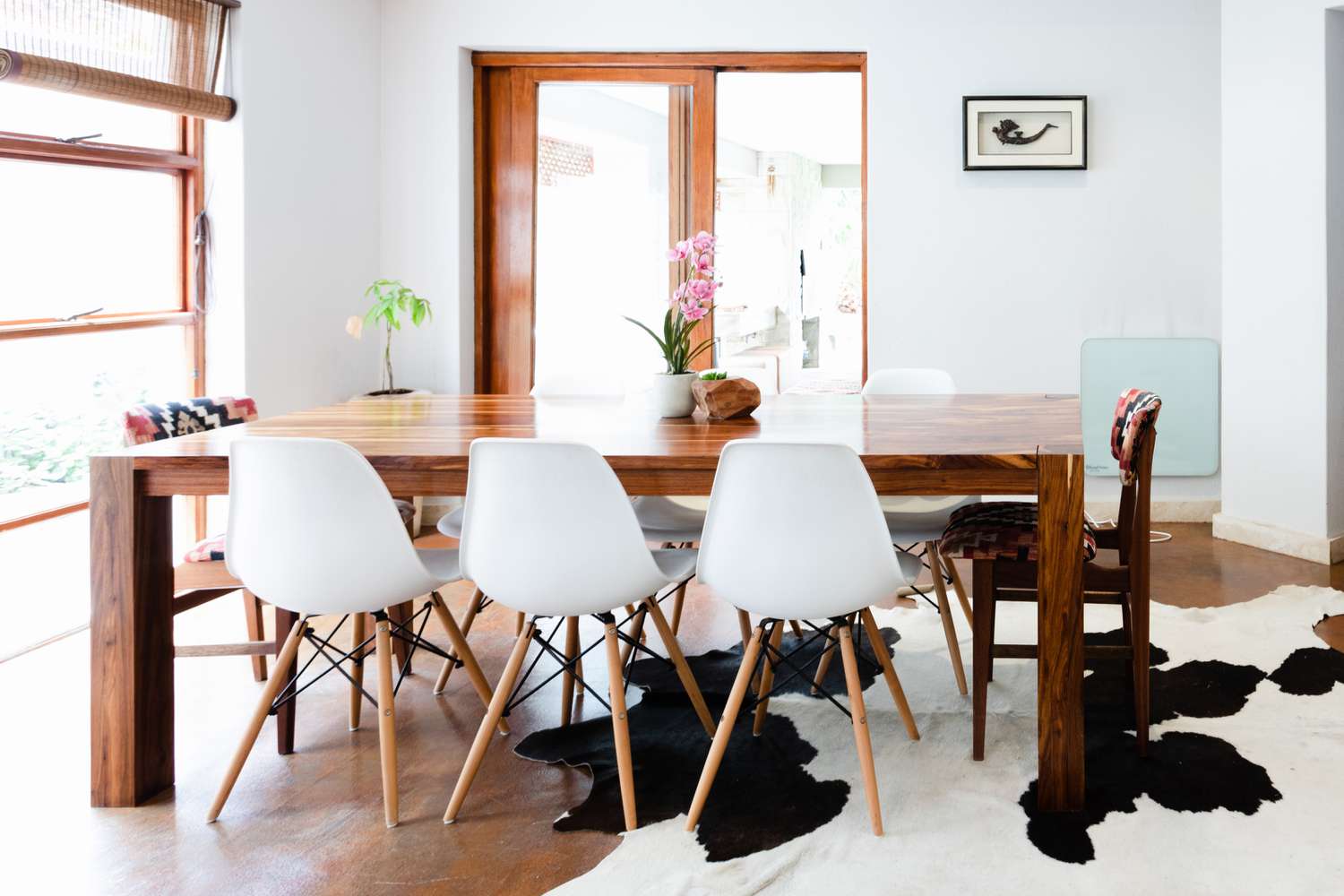
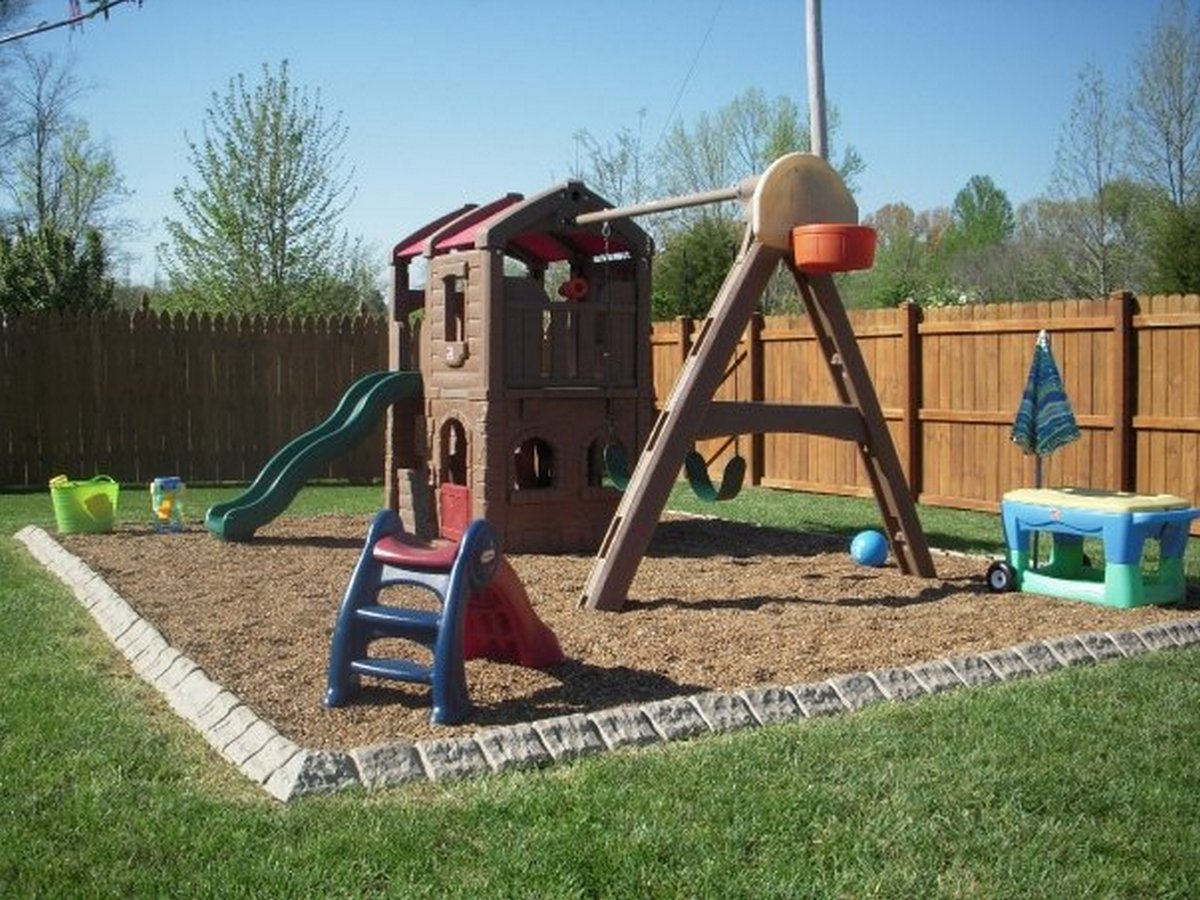
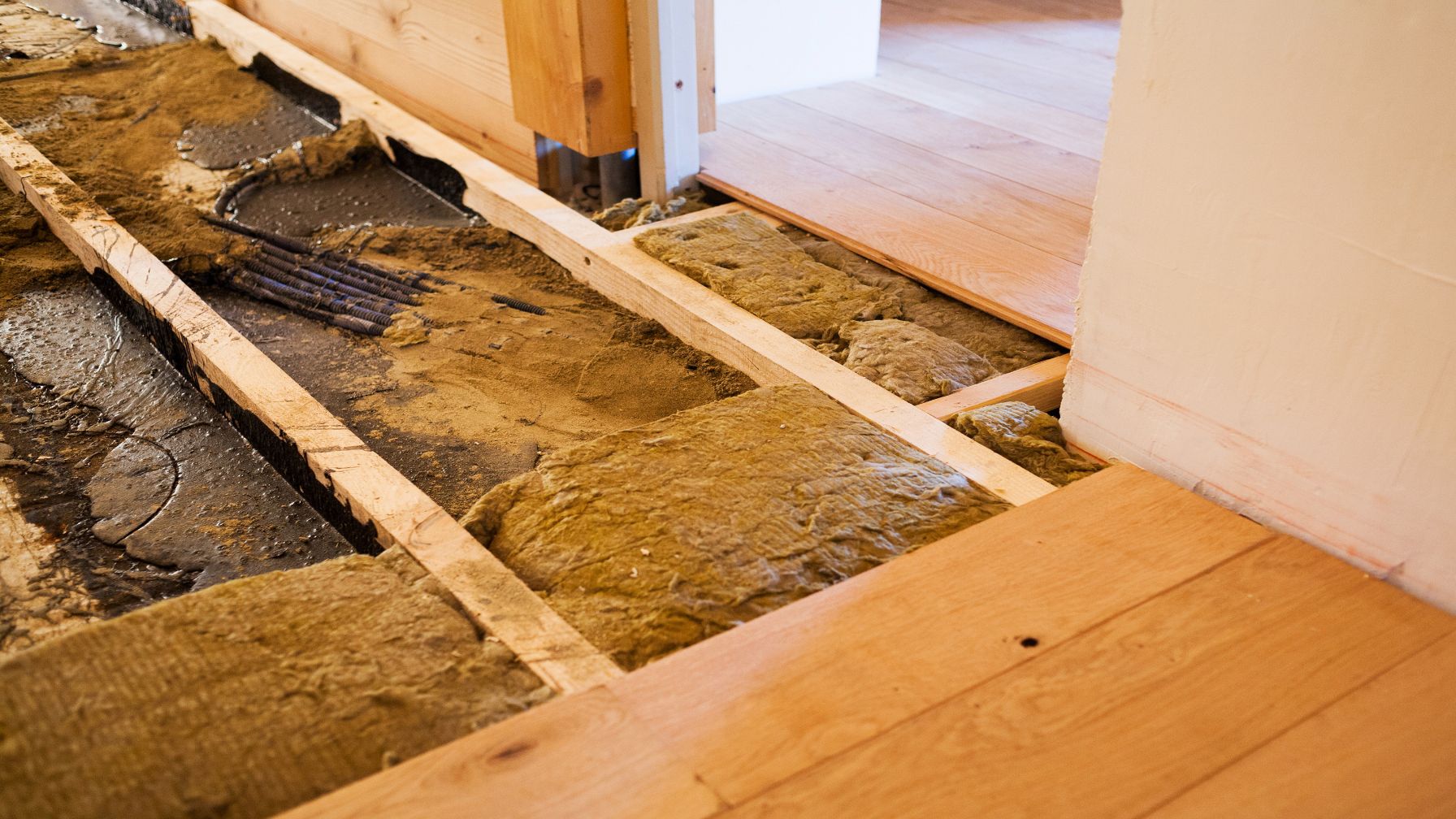

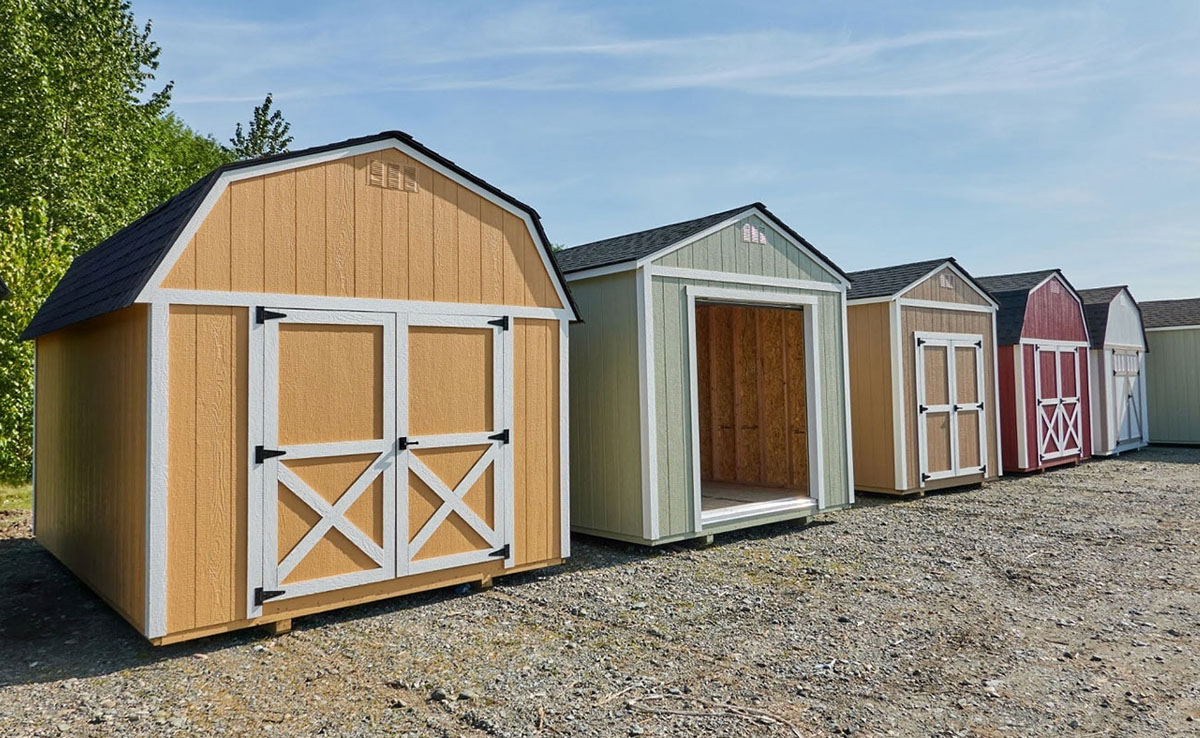


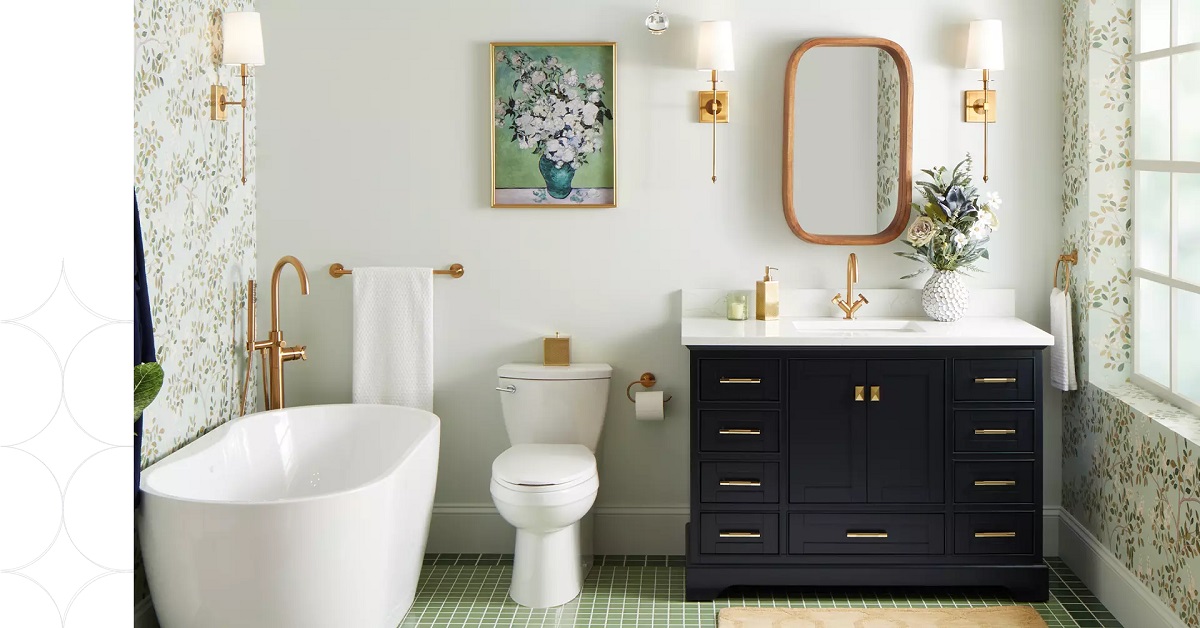

0 thoughts on “What Width Siding Should I Use”